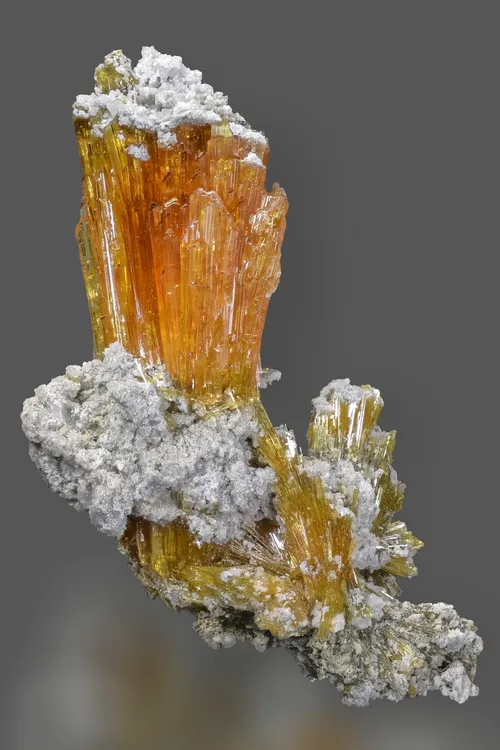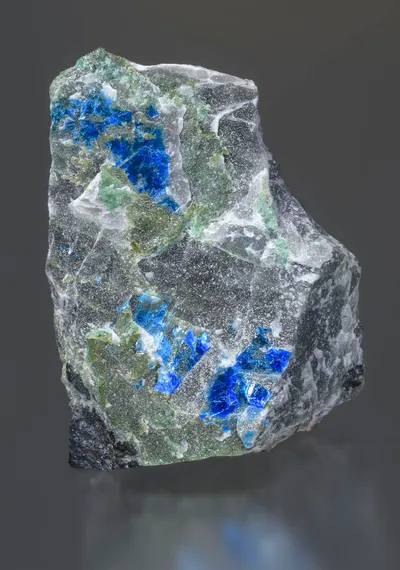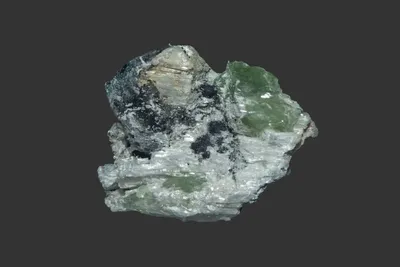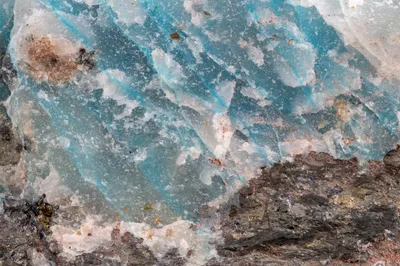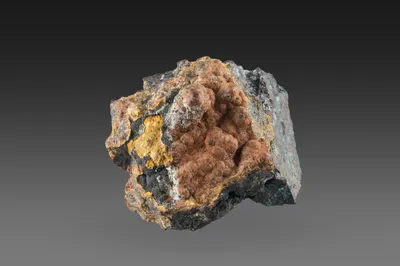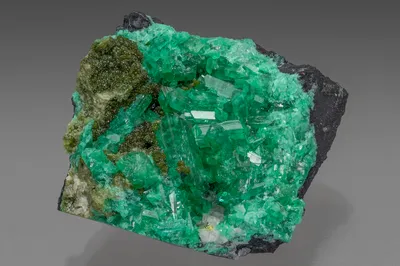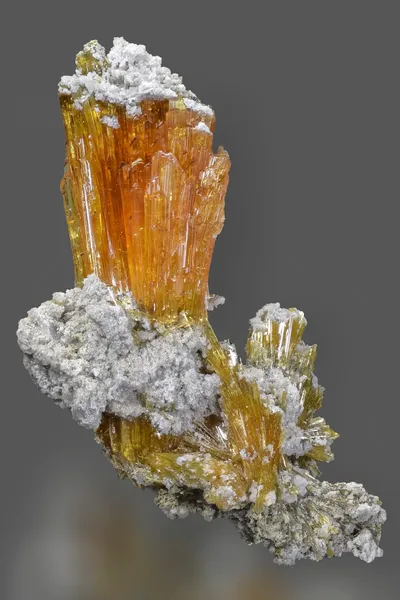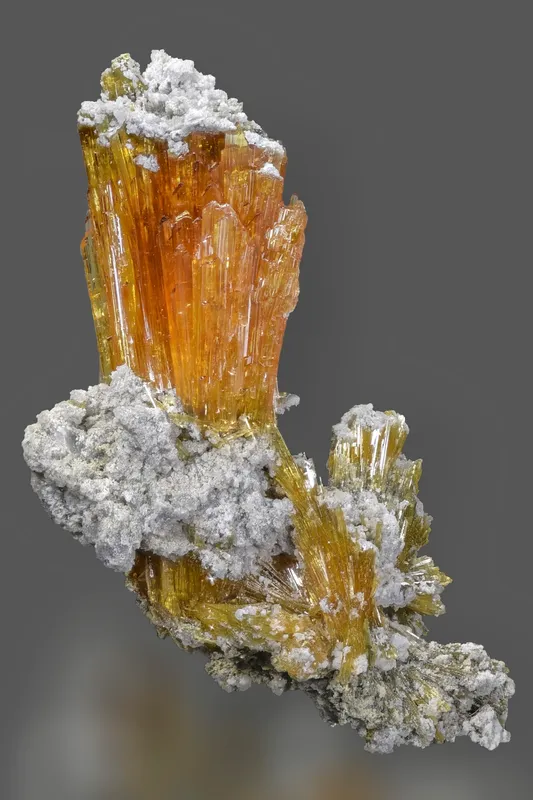
Image Credit: John Schneider
Mineral Species
Warikahnite
Type Locality
Yes
Composition
Zn3(AsO4)2·2H2O
Crystal System
Triclinic
Status at Tsumeb
Confirmed (type locality)
Abundance
Extremely rare
Distribution
Second and third oxidation zones
Paragenesis
Supergene
Entry Number
Species; TSNB368
Type Mineralogy
Several minerals new to science were described from the second oxidation zone at Tsumeb in the late 1970s, many of which were first discovered in the East 9 Pillar on 31 Level. One of these minerals was first noticed by South African dealer Clive Queit, who submitted it for further investigation. Warikahnite, IMA 1978-038, was named for Walter Richard Kahn (1911-2009) a German dealer and mineral collector who did much to facilitate mineralogical research (Keller et al. 1979b). The crystal structure of warikahnite was refined by Riffel et al. (1980). Type material is conserved at Institut für Mineralogie und Kristallchemie, Universität Stuttgart, Germany (catalogue number NM 04), Archiv der Universität Stuttgart (catalogue number TM-78-38-0703.05) and at the Smithsonian Institution, Washington D.C. (catalogue number 144801).
General Notes
The warikahnite type specimen is from the East 9 Pillar, on 31 level, in the second oxidation zone (Keller et al. 1979b). The warikahnite occurs on corroded tennantite, with zincolivenite, stranskiite, koritnigite, claudetite, tsumcorite and ludlockite. It presents as bladed crystals, measuring up to 3 x 0.5 x 0.5 mm; they are pale yellow to colourless and arranged in radiating masses.
Keller and Bartelke (1982) stated that warikahnite is "… very unpretentious and may be overlooked". They proposed a complex paragenetic sequence for the rare minerals (mostly arsenates) of the East 9 Pillar assemblage, in which warikahnite is placed as a relatively early formed secondary mineral (Keller and Bartelke 1982; p.145).
A second find of warikahnite was made in 1984, also on 31 Level but this time in Zero Stope (Gebhard 1999; Pinch 2005). A miner by the name of Hannes Schoombie recovered about five small specimens with sheaves of translucent yellow-orange crystals of warikahnite (to 30 mm) associated only with quartz. These pieces are widely regarded as best of species. The finest of these specimens was formerly in the Pinch Collection and was illustrated on the cover of the Mineralogical Record for July-August 2005. A second specimen from the 31 Level discovery is in the Feinglos Collection at Harvard University (MGMH 2022.4.8398) and comprises a slightly radiating spray of orange-yellow warikahnite crystals (to 6 mm) with quartz on a sooty, chalcocite-rich (?) matrix.
Warikahnite was subsequently found as an accessory mineral in the so-called "Zinc Pocket" on 44 Level in the third oxidation zone, associated with leiteite, johillerite and ianbruceite.
Associated Minerals
claudetite (?); conichalcite; helmutwinklerite; hörnesite; ianbruceite; johillerite; koritnigite; köttigite; lavendulan; legrandite; leiteite; ludlockite; prosperite; quartz; reinerite; stranskiite; tennantite-(Zn); tsumcorite; zincolivenite
